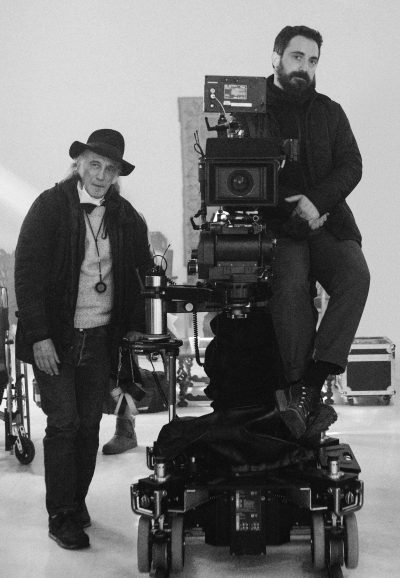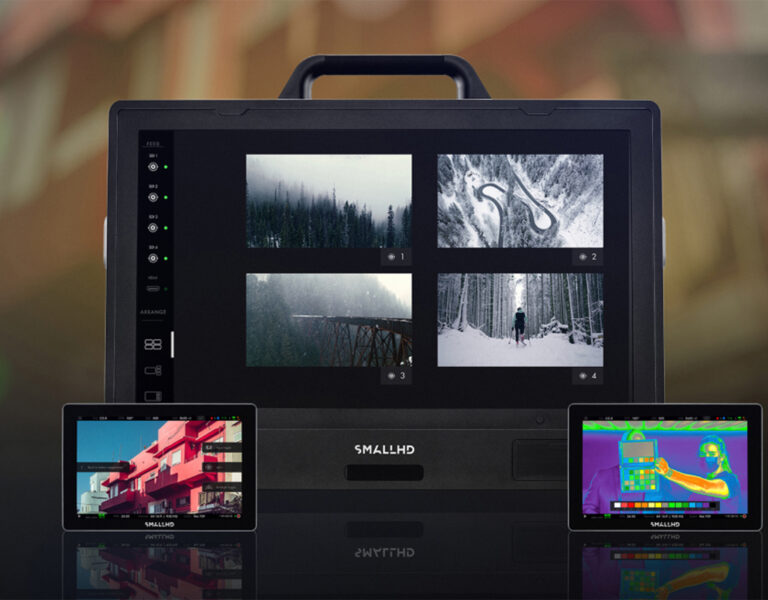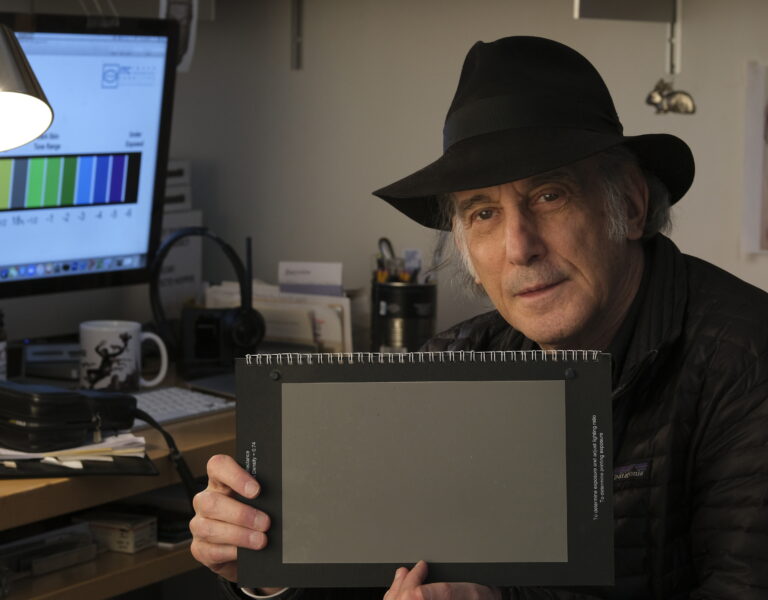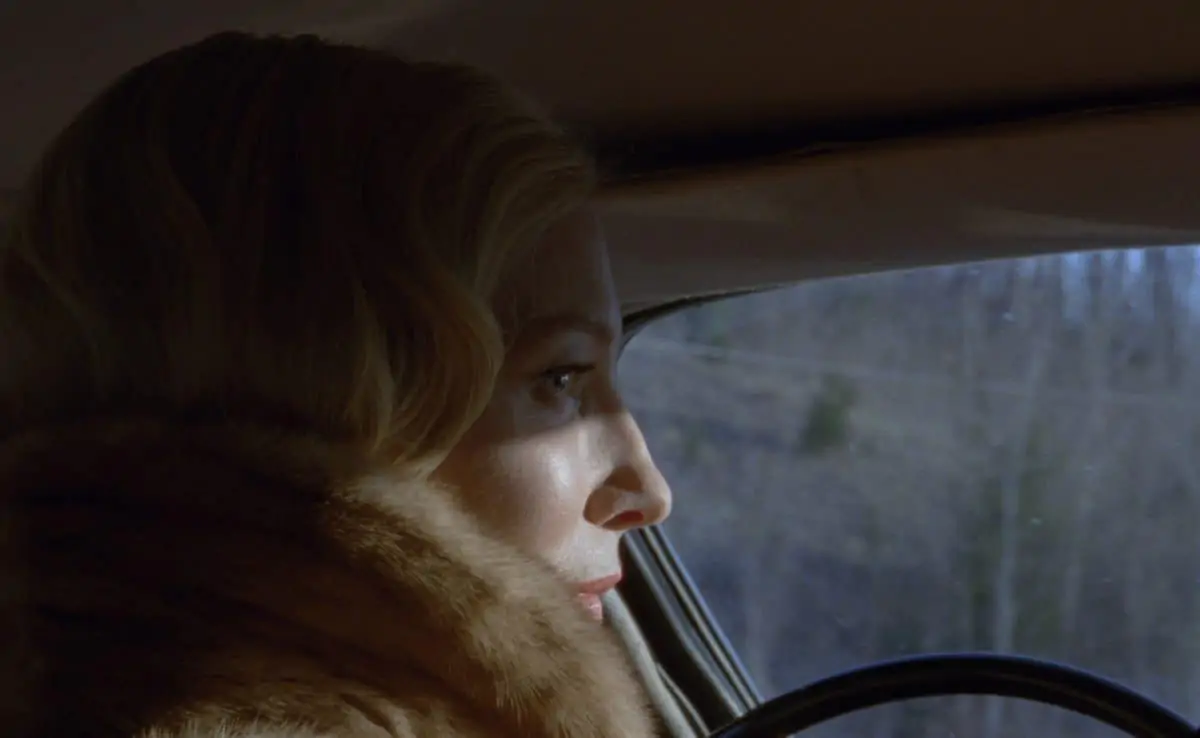VAMPIRIC VENGEANCE
Pablo Larraín’s latest film borrows from film and folklore history to reimagine Chile’s former dictator Augusto Pinochet as a blood-sucking vampire.
Ed Lachman ASC was enlisted to help Chilean director Pablo Larraín exact his revenge on Pinochet, using El Conde to metaphorise the eternal damage Pinochet inflicted on multiple generations of Chilean people by presenting the deceased dictator as a near-immortal monster.
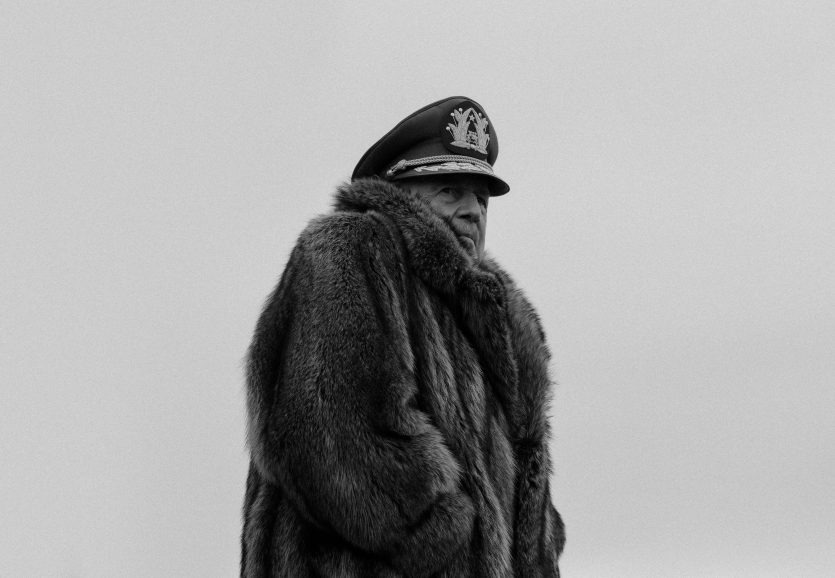
A detailed and unique process was undergone by the twice Oscar-nominated cinematographer to visually reference the great vampire films of cinema’s history, whilst also presenting the real harrowing nuances of Pinochet’s personality in an abstracted, monochromatic manner.
What initially drew Lachman to the project was the darkly comedic script and how it reimagined the horrors of Pinochet’s reign. “The use of the vampire genre that we used was a way of telling the story of the crimes against the Chilean people. Pinochet was never really tried for his crimes. Pablo used him as a vampire to show that he lives on, he never paid the consequences to the people who suffered or were exploited by him.”
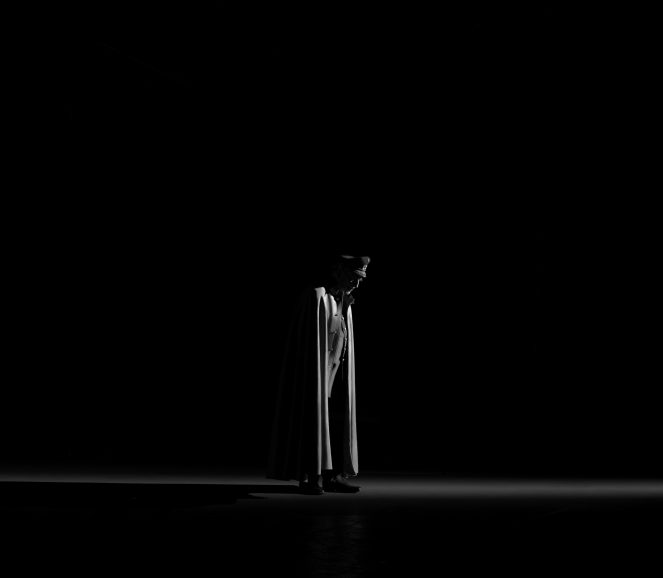
A natural artistic choice was to shoot in black-and-white as an ode to the early days of on-screen vampires, notably Carl Dreyer’s Vampyr. ARRI made a LF monochromatic camera specifically for the project, arriving ten days prior to the first days of shooting in Chile. “They were coming out with the ALEXA 35 so I never thought they would be able to do it,” Lachman muses, “we only tested it for one day and then I had to convince Pablo to use it, and he was excited, but then we had to talk to the production about bringing in a monochromatic camera from Germany, when we had already rented an LF from Congo films in Colombia, but they agreed to it because of our enthusiasm and Pablo’s desire.”
Coupled with this, Lachman used rehoused Baltar lenses from 1938 to enforce the cinematic look: “I merged glass of a later period with the Baltar glass and made a set called the Ultra Baltars.” These Ultra Baltars, a term coined by Lachman, were also used by his long-time friend Darius Khondji ASC AFC on Armageddon Time and were designed by Zero Optics.

Completing the camera package of what Lachman describes as the “best marriage of any film I could have”, was the DP’s very own EL Zone System. This was key in achieving the visual language of the film, which was inspired by the aforementioned Vamypr, as well as F.W. Murnau’s Sunrise and the work of Josef von Sternberg. Lachman is particularly fond of these films due to “the physicality of the light and the textures in the sets that support the themes of the story.”
Black-and-white was essential to El Conde as it presents Larraín’s reimagined world of Pinochet as an abstraction of reality. “We as a viewer, unless you’re colourblind, don’t see in black-and-white. So, it creates a distance to what we’re looking at.” Lachman referenced many photographers who primarily shoot in black-and-white to reinforce the story the pair were telling. These included another Chilean Sergio Larraín (no relation to Pablo) and his 1959 stills of London, as well as Fan Ho, Alexia Titarenko, Maury Sullivan, and Robert Frank.
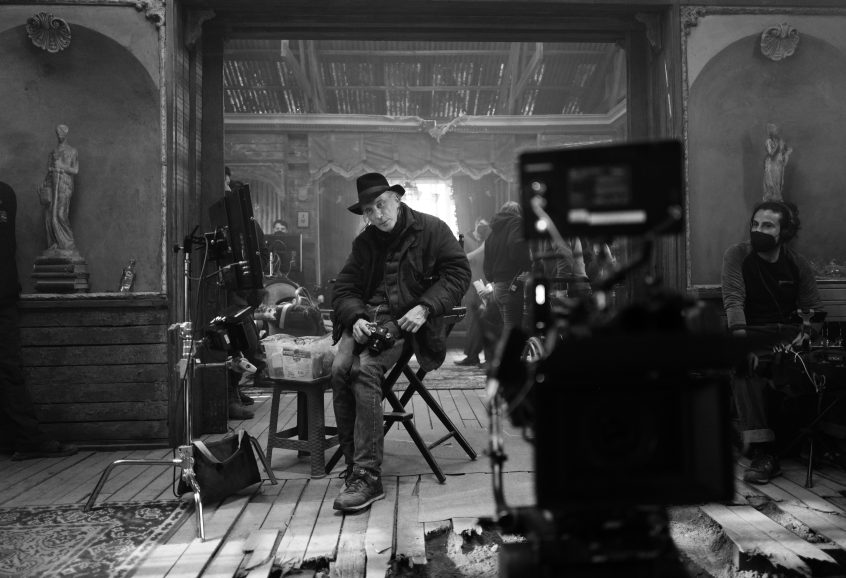
Having not shot monochromatically for a while, Lachman was gleefully reminded of its simplicity: “I kind of forgot about the joy of shooting in black-and-white. When you shoot in colour, you’re dealing with colour temperature, and you always have to adjust due to the intensity of the light. With black-and-white, even if it was late and I was losing light, yes, I had the polar filter, but it’s only about contrast.”
This allows for an excellent use of shadows within El Conde, a staple feature of many iconic vampire films throughout history. There’s a tangiblilty to Lachman’s lighting choices and a richness to the textures achieved, a physicality accentuated by some practically achieved flying sequences. “We had a crane where the operator sat in a chair suspended by cable and was at the end of a 120ft crane and is actually moving through the air. This gave a certain validity to the feeling of flight.”
